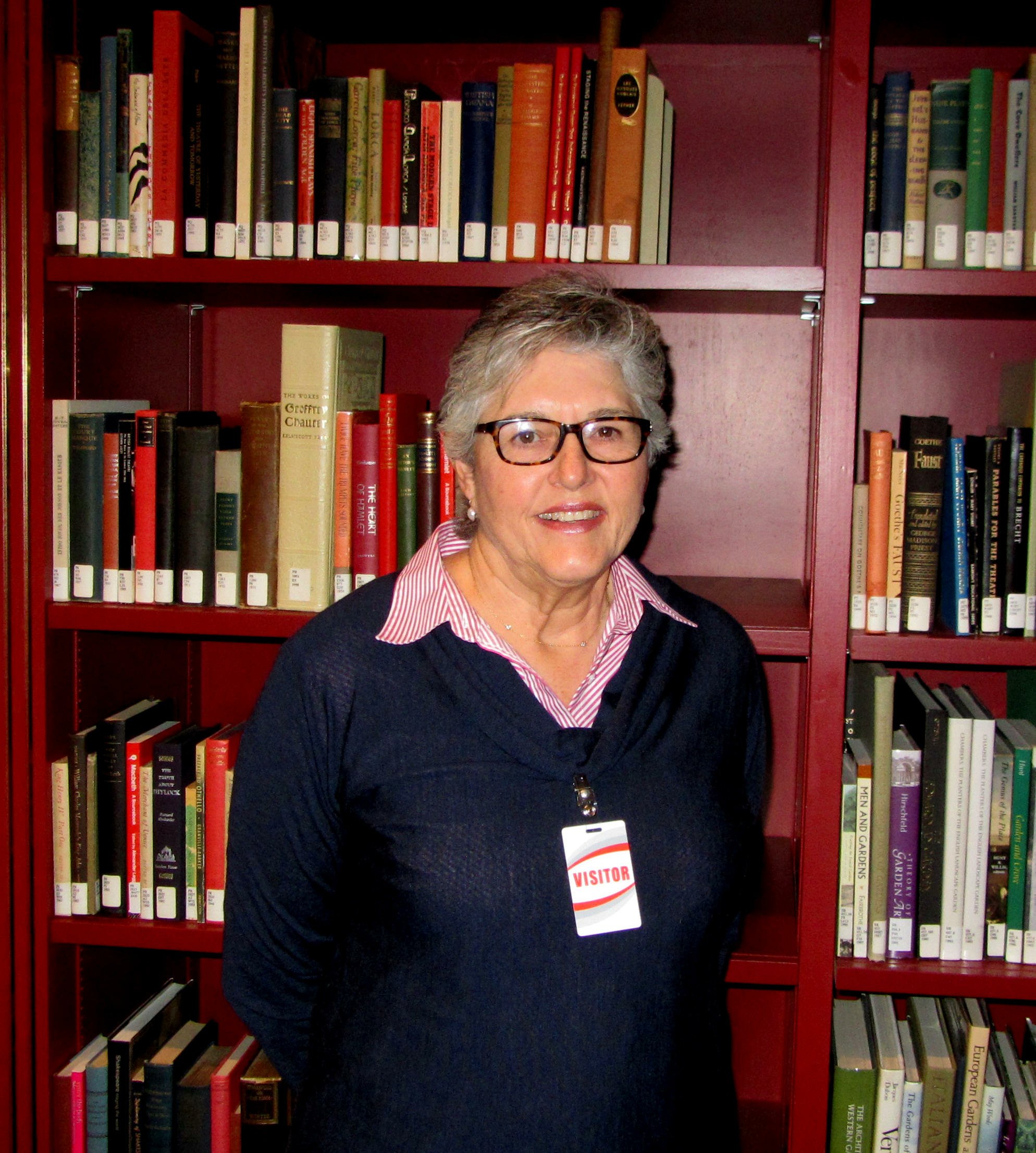Believing in miracles, coincidences, and serendipity can be a stunning endeavor. Many people consider them a lucky break, a fluke, or happenstance. But it only takes a second, an eighth of an inch, or some other instance to stumble upon a blessing or make a difference in life.

At any given moment, at any location, by any given person, lives can be moved and shaped by our decisions, actions, or circumstances.
Job 9:10
“He does great things too marvelous to understand. He performs countless miracles.”
It’s been 65 years ago this month. ABC Radio Network’s Peabody Award winner, Edward P. Morgan maintained his professional composure while broadcasting the most challenging newscast of his life. Based in New York City, Morgan reported the collision of two ocean liners in the Atlantic Ocean off the Massachusetts coast.
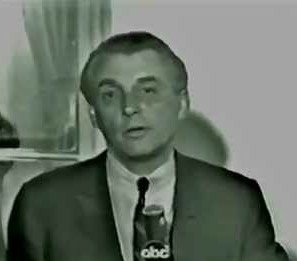
Later, Morgan would become known as an anchor with Howard K. Smith on ABC television covering the assassination of President John F. Kennedy, a press panelist between the campaign debates of Kennedy and Vice President Richard Nixon, and a hands on reporter at presidential nominating conventions. But on the night of July 25, 1956 as he announced the details of the disaster at sea, his listeners had no knowledge that his 14-year-old daughter was on one of the vessels.
During the broadcast, Morgan was handed a list of 52 dead passengers from the crashing of the S.S. Stockholm into the luxury liner S.S. Andrea Doria.
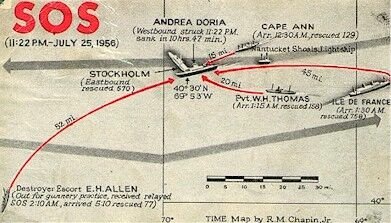
As the ships separated and the Andrea Doria started to sink, rescue and first aid efforts began almost immediately. Passengers were escorted to lifeboats while six vessels in the area closed in.
Morgan had announced that among those survivors were Hollywood actresses Ruth Roman and Betsy Drake (wife of Cary Grant). Also on board were Philadelphia mayor Richard Dilworth and a man named Mike Stoller, who later wrote many Elvis Presley hits such as “Hound Dog,” “Jailhouse Rock,” and “Treat Me Nice.”

This was the last night at sea of their Trans-Atlantic trip from Naples, Italy to New York.
“It was a very foggy night and the fog horns had been sounding regularly for hours,” Anna Maria Conti, who was traveling with her mother Lucia, explained. “The ship was due to dock at 9:00 a.m. the next morning… we proceeded to the ballroom and listened to the band for a while before retiring for the night.”
“About an hour later, we were startled from our sleep by people screaming and yelling outside our cabin and opened the door to see what was going on. People were scrambling around trying to find other family members in other cabins. Someone shouted that we were sinking, others thought there was a fire.”

“Many of the passengers were barefooted, in their nightclothes, and panic stricken. My mother and I decided to get dressed quickly, put on our life jackets and report to our muster station as we had practiced on our second day out to sea. Our muster station was located in the main ballroom of the cabin class section of the ship.”
“We had difficulty getting dressed as we were staggering and trying to stand upright and assumed it was the rough ocean. When we left our cabin, we noticed the floor was no longer level and we could not close the door. I know now the ship was listing. It was difficult to walk and stand upright while trying to get to our muster station. We had to hold on to the railings in the corridors to move. There was panic, confusion and chaos. There were no announcements on the intercom.”

The Contis eventually reached the main ballroom where they found many passengers assembled.
They waited for “instructions or information on the intercom but it was silent. The only sounds we heard were those of distant screams, broken glass and furniture sliding across the room as the ship continued to list. We still did not know what was happening. Tables, chairs, and musical instruments slid across the room while we waited and prayed. Two nuns that were in the room with us left. A priest came in and gave general absolution to everyone and also left. Where were they going? For sure we thought this was the end.”
“Thinking we had nothing to lose, we decided to go up the stairs and on deck. Some passengers had gone before us and others after us. To reach the upper deck on the starboard side of the ship we were forced to crawl up the stairs on our hands and knees due to the severely listing ship. It was impossible to stand up. While crawling, we had to dodge sliding furniture and broken glass which was all over the floors and stairs.”
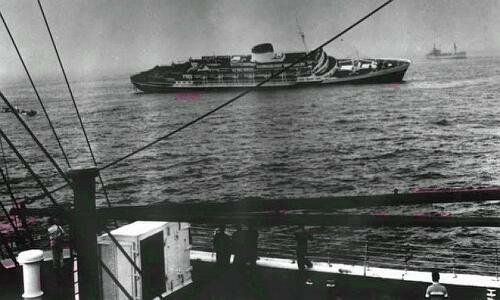
“We finally reached the upper deck and couldn’t believe what we saw. Passengers were leaving the ship. If we had not ventured up on deck from the main ballroom, we might never have known that the ship was sinking and that passengers were being evacuated.”
Thinking death was imminent, Conti cherishes the next moments, in her eyes, a miracle. Suddenly, the dense fog lifted. In the distance they could see the bright welcoming lights of the luxury liner, Ile de France, which was traveling outbound from New York.
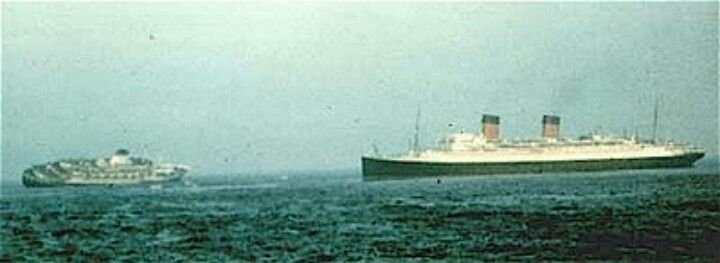
When the Andrea Doria sent the SOS, the captain of the Ile de France, Raul De Beauden, immediately ordered that the ship reverse her course.
Captain Beauden and his crew would soon be rescuing the Contis and 751 other passengers, “many half-naked,” from the doomed Andrea Doria. He kept the Ile de France a safe 500 feet away and lowered his desperately needed lifeboats for the sinking ship’s passengers.
“It seemed like a mirage in the middle of the ocean,” Conti said. “The lifeboats were evacuating the passengers of the Andrea Doria to the Ile de France with the assistance of other smaller boats. Crew members and some of the passengers helped women and children to climb up over the side of the ship to rope ladders and descend to waiting life boats. It was a long way down and many people fell into the ocean screaming. My mother urged me to go first and she would follow. As terrified as I was, I knew that at 19 I could physically climb down that rope ladder.”
“I had doubts that my 56 year old mother would follow or be able to climb down,” Conti remembered. “I couldn’t take the chance that she would not and the crew was rushing us to move quickly as time was running out. I refused to climb over until my mother did first and with the aid of others we helped her over the side of the ship. I remember yelling down to her to ‘hold tight’ reassuring her that I was right behind her. We made it to a waiting lifeboat safely. Praise the Lord!”
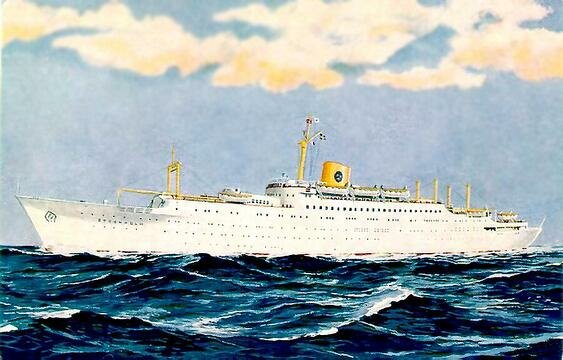
But on the list of those who did not survive were radio news broadcaster Edward P. Morgan’s daughter, Linda, along with her half-sister, 8-year-old Joan.
Linda’s mother and stepfather had bedded down in the upper deck of Cabin 54, while she and Joan slept in Cabin 52.
While others onboard heard the crash, Linda’s family directly experienced the terror when the Stockholm smashed 30 feet into their side of the ship. At 11:11 p.m. the two ships began pulling apart as scraping sparks showered the water.

Prior to the voyage, Andrea Doria Captain Piero Calamai sought a trip postponement due to steering and stability problems. Because it was the height of the summer travel season and the ship was completely booked, his request to place the vessel into drydock for repairs was denied.
While Andrea Doria started her 230-plus feet descent to the ocean bed, Stockholm somehow remained afloat. One of the crew members, thirty-six year old Bernabe Polanco Garcia, surveying the damages, heard a familiar language above him.
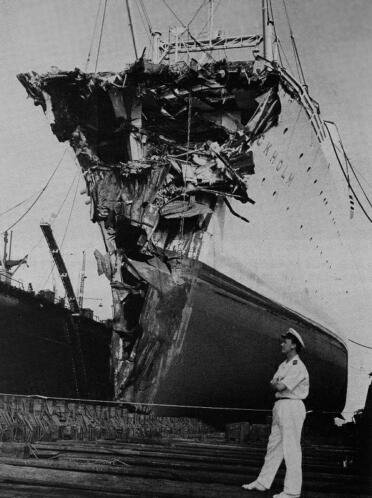
Someone was calling in Spanish among the mangled steel of the Stockholm’s bow. He walked up and toward the call to hear the words “Madre! Madre! Dónde esta Mama” (“Mother! Mother! Where is my mother?”). On his hands and knees he crawled forward and found a young teenage girl in yellow pajamas. She looked up from the mattress she was still on. It was Linda Morgan.
Miraculously, as Stockholm’s bow crushed through the Andrea Doria, it lodged just under Linda’s bed in such a way that it hurled her at least 80 feet onto its own front deck. She landed just behind a 30-inch sea breaker that spanned the full width of the ship. Below her were crew quarters in the forward section where five crew members were killed and others injured.
Captain John Shea, commander of the USNS Pvt. William H. Thomas, directed rescue operations for almost six hours. He classified the cause of so many people being saved was due to “a miracle.” With over 30 years of experience Shea said he had never seen a rescue operation proceed so smoothly.
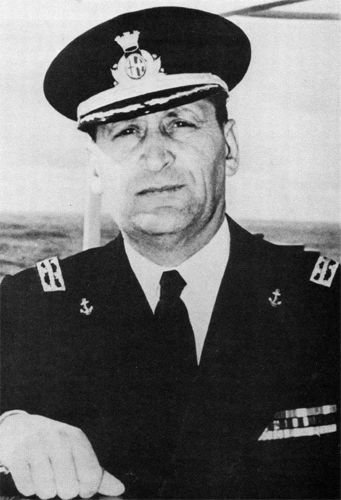
“It is certainly unusual to get so many survivors off a sinking ship safely,” he observed. “If this happened four months from now it would be a different story. In cold weather there would be lives lost. You could bet on it.”
“A thing like that would happen once in a lifetime,” he continued. “If the fog hadn’t lifted when it did it would have been bad, very bad.”
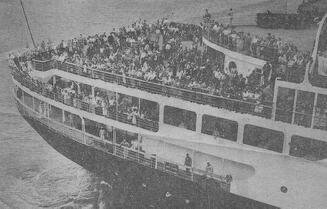
Naturally, Linda’s name was not on the register of persons rescued from Andrea Doria lifeboats. She was assumed dead or missing at sea. Upon the Stockholm’s arrival at New York, she was taken to St. Vincent Hospital with a broken arm, kneecaps, and minor injuries. Around the world, the press reported her as the “Miracle Girl.”

During his broadcast the following day, Morgan, whose credo was “to be as fair as possible but as critical as possible,” revealed he had just returned from meeting his daughter at the dock. She had survived the collision, and was indeed the “Miracle Girl.” This emotional announcement became one of the most memorable in radio news history.
“To all those, of whatever nationality, who participated in the rescue operations following the tragic collision between the Andrea Doria and the Stockholm I extend personal congratulations and admiration,” President Dwight D. Eisenhower extended his “personal congratulations and admiration” to those involved in rescue operations.
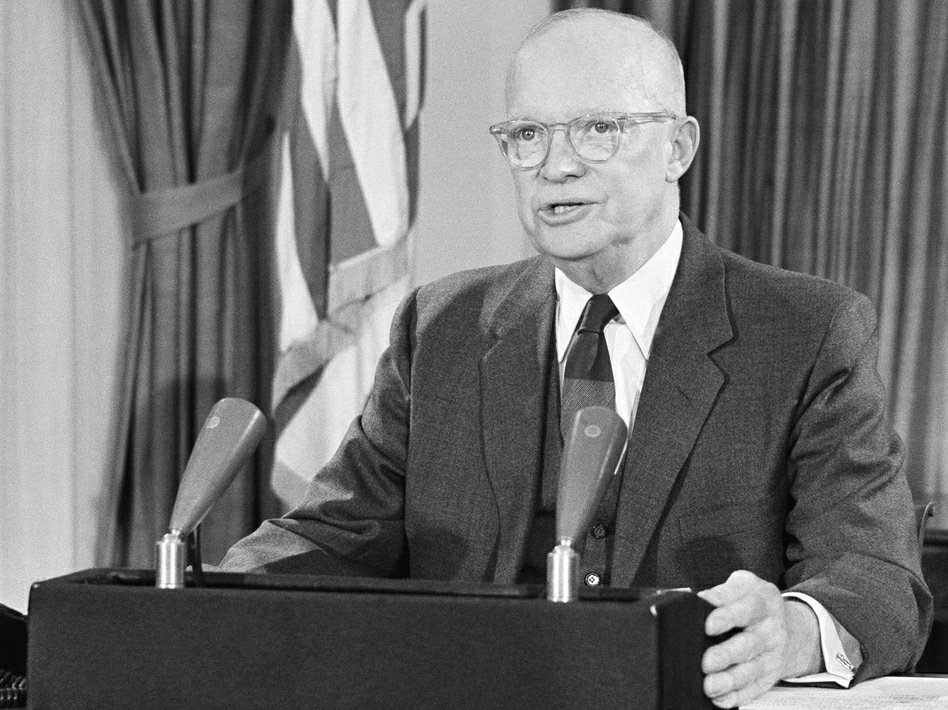
When her Spanish-speaking rescuer, Polanco, went to the hospital the next weekend to pay her a visit, administrator Sister Loretta Bernard presented him with a Miraculous Medal Of Our Lady.
Mr. Morgan, who had worked in Mexico City where Linda was born, greeted him with an enthusiastic squeeze. “Hombre, hombre,” Mr. Morgan reacted. “Man, man how can I ever thank you?”

Linda grew up graduating from Sarah Lawrence College in Bronxville, New York, moved to Washington D.C and met a coworker named Phillip at the Office of Economic Opportunity. Phillip had been a captain piloting B-47 bombers in the United States Air Force and later became the executive secretary of the Peace Corps during the Kennedy administration. When he met Linda, Phillip was a special assistant to the director of the U.S. Office of Economic Opportunity under President Lyndon B. Johnson.
Her mother, Jane Cianfarra painfully survived on the Andrea Doria, but on each anniversary of the July 25th disaster she would sink into depression thinking of her daughter Joan and the remembrance of seeing her husband take his last breath.. It was on a July 25th in 1967 that she died. The following year Linda and Phillip were married and moved to San Antonio in 1970, where she became active in civic affairs.

“At 14, you think you live forever,” she said in 1997. “I learned otherwise earlier than most. The accident made me more cautious in the physical things, but less afraid of growing old and more adventurous in the mental things. I was pleased when we moved from Washington, where people live such public lives, to Texas, where people accept you for what you are and do.”
“I never understood the attention I got because I didn’t do anything, I just survived,” she continued. “I was once given a life-saving award, but I didn’t save any lives. I just survived. I couldn’t take credit for anything.”
“My husband’s a pilot,” Linda was quoted in the book “Saved!” by William Hoffer. “We fly all over. We hike and canoe and climb. I feel life is to be lived to the fullest. Life is precious. There’s a very thin line between when you’re living and when you’re not.”
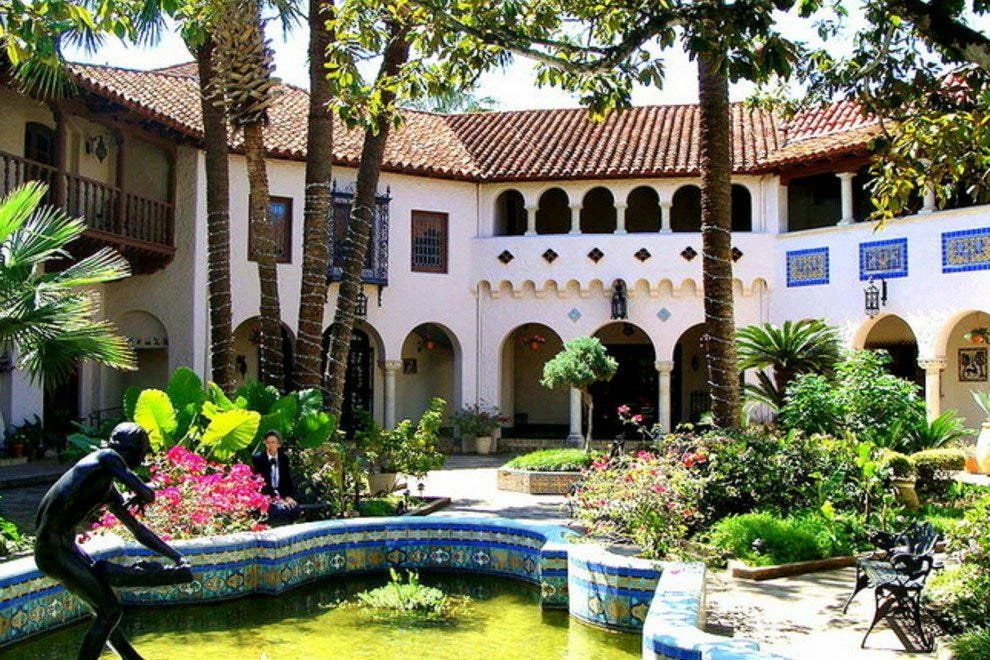
Linda earned a master’s degree in Library Science from Our Lady of the Lake University, San Antonio, and master’s degree in Art History from the University of Texas, Austin. She worked for seven years at the San Antonio Art Museum and later became the chief curator of the highly respected Marion Koogler McNay Art Museum.
She was the founding curator of the Tobin Collection of Theatre Arts and has authored books on the history of stage design in Europe, Russia and the United States. She’s been a member of the Historic Review Board and the San Antonio Conservation Society. Recently a permanent endowment fund in her name was formally announced to provide support to grow community gardens, harvest stations, water catchment systems and training opportunities throughout the city.
As for husband Phillip, he became Chief Justice of the 4th Court of Appeals and a future respected mayor of San Antonio–the Honorable Phil Hardberger.
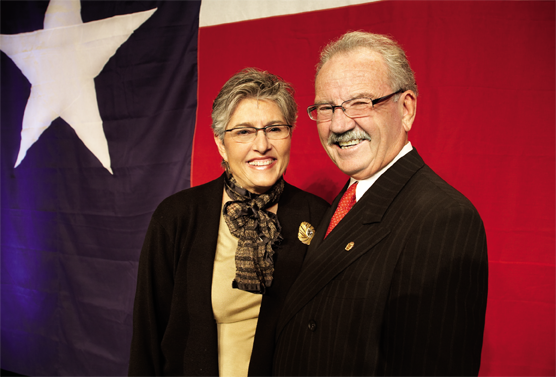
In 1977, he piloted a single-engine plane to re-create Charles Lindbergh’s flight across the Atlantic on the event’s 50th anniversary. In 2007, Hardberger was honored by the Federal Aviation Administration with the Wright Brothers “Master Pilot” Award for 50 years of piloting planes safely.
The most popular mayor in San Antonio history (approval rating of 86%), he expanded the River Walk, brought integrity back to city leadership and led the acquisitions of more parks.
A signature Voelcker dairy farm and homestead was acquired in 2007 and turned into a park. In recognition, the City Council in late 2009 named it Phil Hardberger Park.
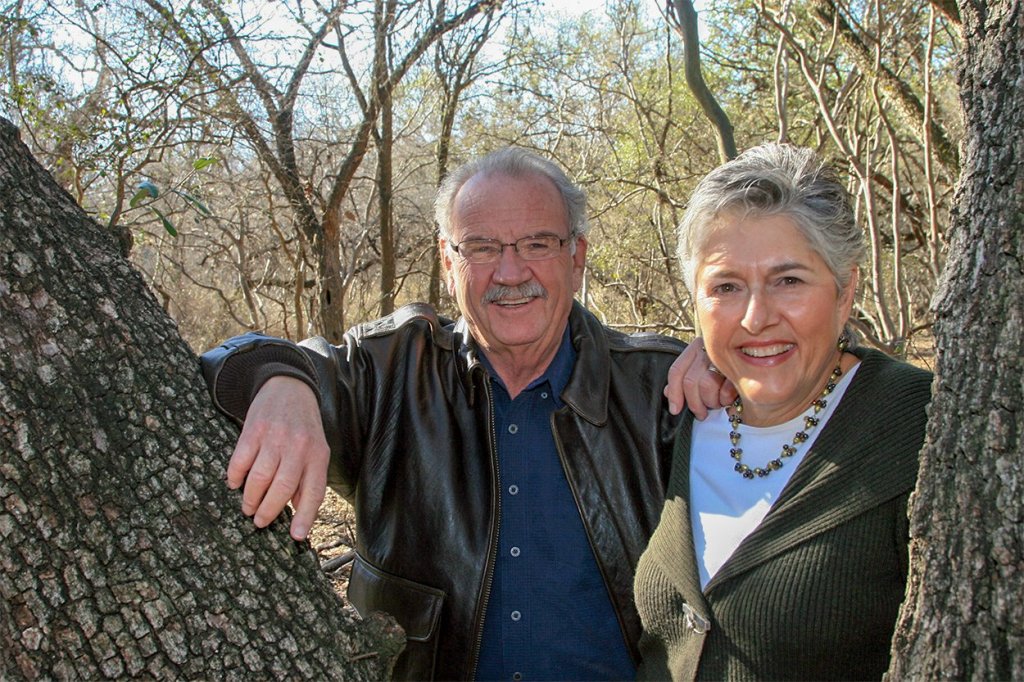
Get Your Natural Vitamins A & D from the Sea!

__________________________
What Lies Beneath Texas?



